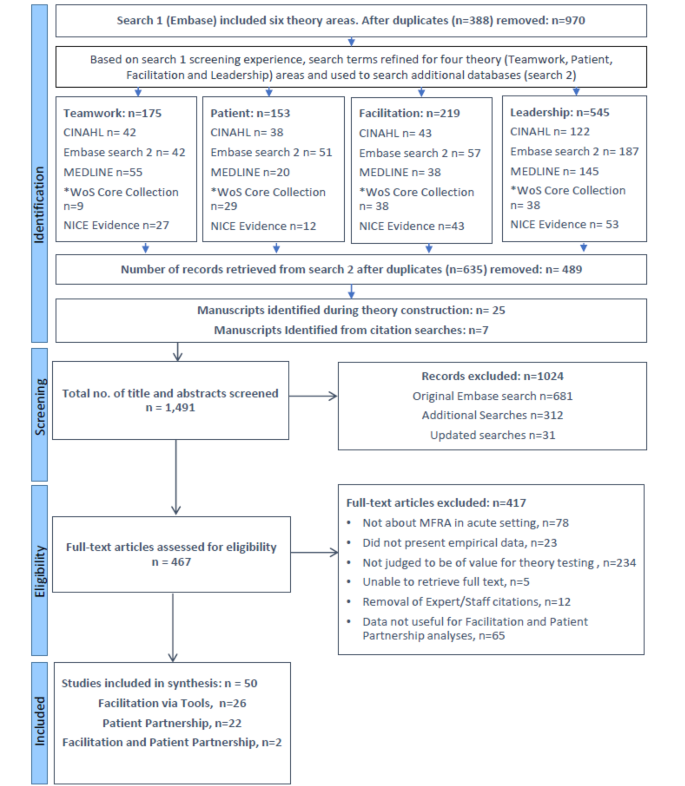The Single Strategy To Use For Dementia Fall Risk
Table of Contents5 Easy Facts About Dementia Fall Risk ExplainedDementia Fall Risk Things To Know Before You BuyDementia Fall Risk Fundamentals ExplainedRumored Buzz on Dementia Fall Risk
An autumn risk assessment checks to see exactly how likely it is that you will certainly fall. It is primarily done for older grownups. The evaluation typically includes: This consists of a collection of questions concerning your general health and wellness and if you have actually had previous drops or problems with equilibrium, standing, and/or walking. These devices test your toughness, balance, and stride (the way you stroll).Interventions are recommendations that may minimize your danger of dropping. STEADI consists of three steps: you for your danger of falling for your danger aspects that can be boosted to try to protect against drops (for instance, equilibrium problems, damaged vision) to reduce your risk of falling by making use of reliable approaches (for instance, supplying education and learning and sources), you may be asked a number of concerns including: Have you fallen in the previous year? Are you stressed about falling?
You'll sit down again. Your company will check the length of time it takes you to do this. If it takes you 12 secs or more, it may suggest you go to higher risk for a loss. This examination checks stamina and balance. You'll sit in a chair with your arms crossed over your chest.
The positions will certainly get more difficult as you go. Stand with your feet side-by-side. Relocate one foot midway forward, so the instep is touching the large toe of your other foot. Relocate one foot completely in front of the various other, so the toes are touching the heel of your other foot.
Examine This Report on Dementia Fall Risk
Many drops take place as a result of multiple contributing aspects; therefore, handling the danger of dropping starts with identifying the elements that contribute to fall threat - Dementia Fall Risk. Several of the most relevant risk factors consist of: Background of previous fallsChronic medical conditionsAcute illnessImpaired stride and balance, lower extremity weaknessCognitive impairmentChanges in visionCertain high-risk medications and polypharmacyEnvironmental elements can likewise boost the danger for drops, consisting of: Insufficient lightingUneven or harmed flooringWet or slippery floorsMissing or damaged handrails and grab barsDamaged or improperly equipped devices, such as beds, mobility devices, or walkersImproper usage of assistive devicesInadequate guidance of the individuals staying in the NF, consisting of those that display hostile behaviorsA effective autumn danger administration program needs a thorough scientific evaluation, with input from all members of the interdisciplinary team

The treatment plan need to additionally consist of treatments that are system-based, such as those that promote a safe environment (ideal lights, hand rails, get hold of bars, etc). straight from the source The efficiency of the interventions ought to be examined regularly, and the care plan changed as essential to show changes in the fall threat evaluation. Carrying out a fall risk monitoring system utilizing evidence-based ideal method can decrease the frequency of drops in the NF, while limiting the possibility for fall-related injuries.
About Dementia Fall Risk
The AGS/BGS standard advises evaluating all grownups aged 65 years and older for loss threat each year. This screening contains asking patients whether they have actually dropped 2 or more times in the past year or sought clinical focus for a fall, or, if they have actually not fallen, whether they feel unstable when walking.
People that have actually fallen once without injury should have their equilibrium and stride examined; those with gait or balance irregularities ought to obtain additional analysis. A background of 1 autumn without injury and without stride or equilibrium issues does not necessitate further evaluation beyond continued annual fall threat testing. Dementia Fall Risk. A loss threat evaluation is called for as component of the Welcome to Medicare examination

Dementia Fall Risk for Dummies
Documenting a drops history is one of the quality indications for autumn prevention and monitoring. Psychoactive drugs in specific are independent forecasters of falls.
Postural hypotension can frequently be minimized by reducing the dose of blood pressurelowering medications and/or quiting medications that have orthostatic hypotension as an adverse effects. Use above-the-knee assistance hose pipe and copulating the head of the bed raised might also minimize postural decreases in blood pressure. The preferred elements of a fall-focused checkup are displayed in Box 1.

A pull time more than or equivalent to 12 secs recommends high fall danger. The 30-Second Chair Stand test analyzes reduced extremity strength and balance. Being unable to stand up from a chair of knee height without using one's arms suggests raised loss threat. The 4-Stage Balance test examines static equilibrium by having the patient stand in 4 settings, each progressively a lot more difficult.